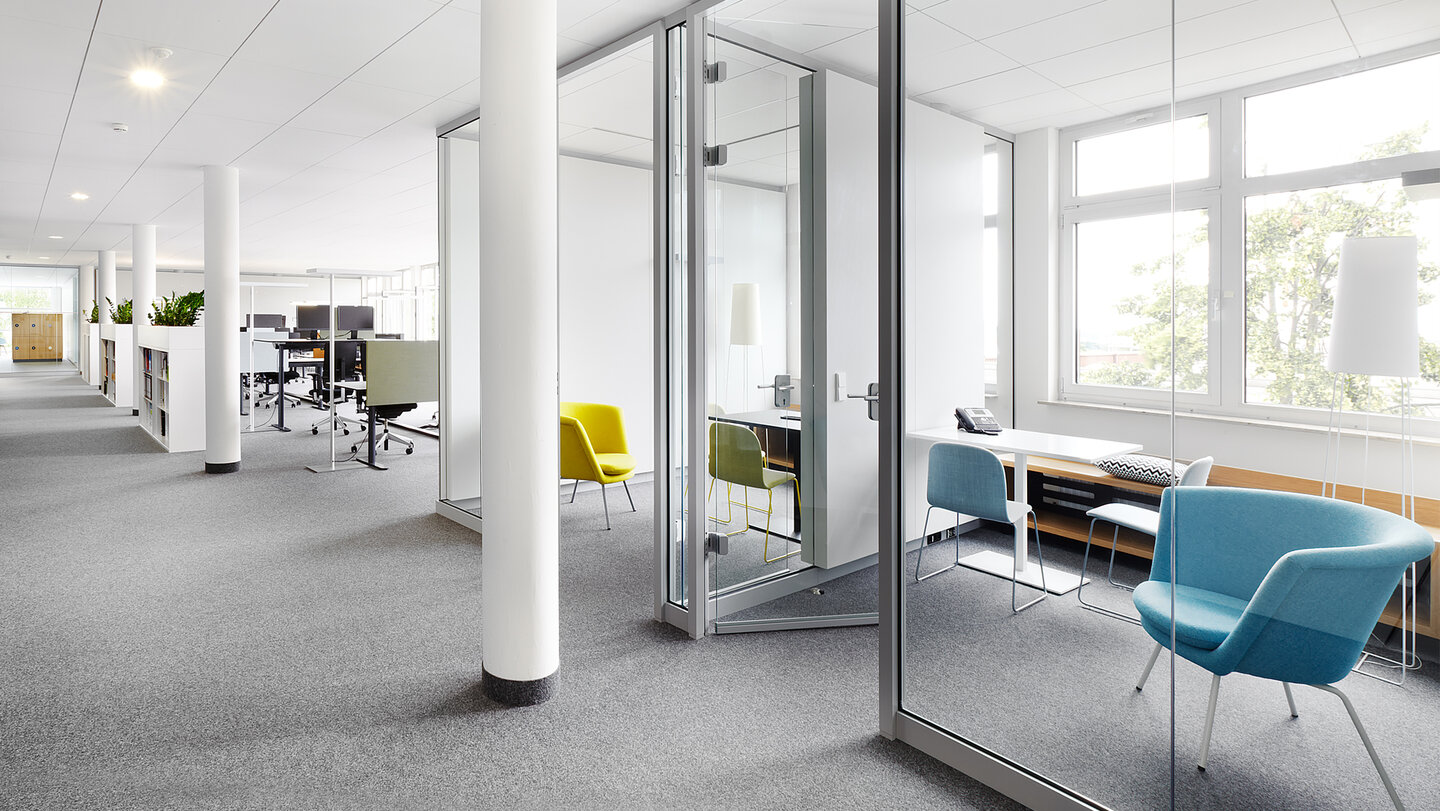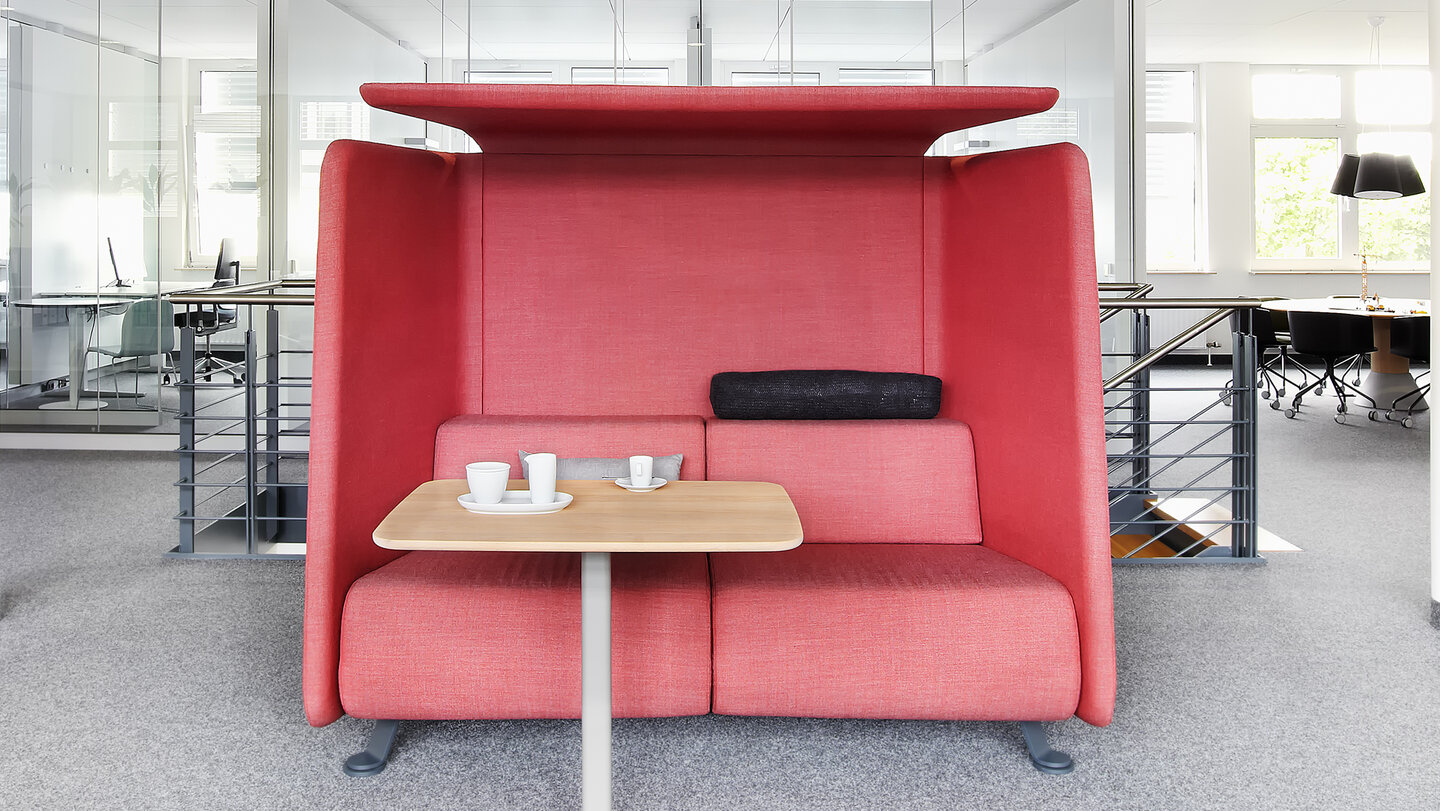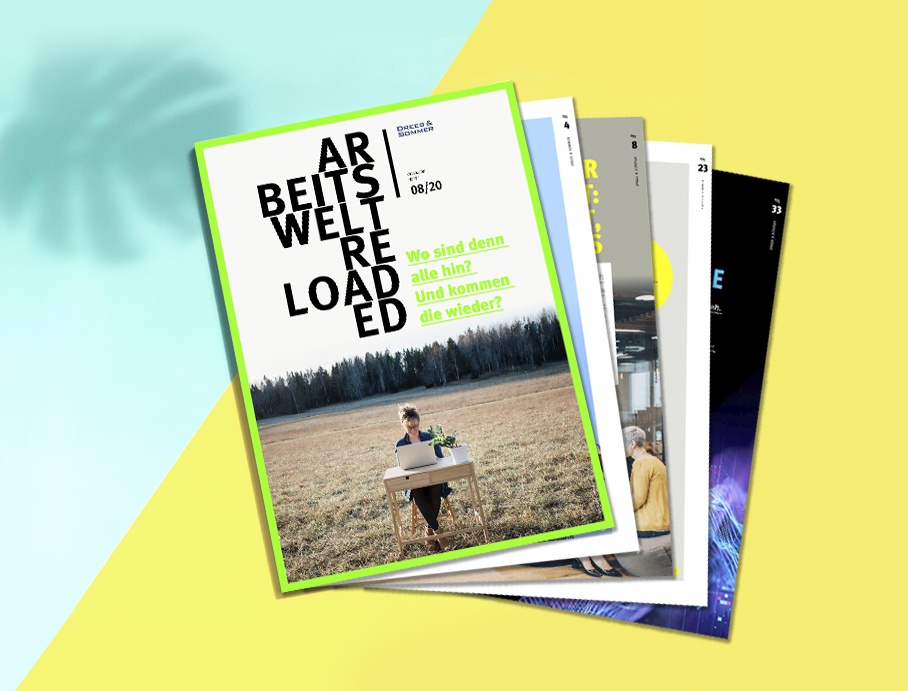We may be some way off the new normal but there’s never been a better chance to shape it. Although the requirements of our work environment are always changing, the coronavirus has accelerated the pace of that change and we are now beginning to see a different kind of office environment starting to take shape. Workers who choose to go into the office will need to be able to tackle their most urgent tasks efficiently – otherwise, there are more options.
By Martin Becker, Partner at Drees & Sommer SE and Managing Director of RBSGROUP – Part of Drees & Sommer
With our work and home routines having changed, the status of the office has also shifted. Working from home has become the new reality during the coronavirus. In this new work situation, we inevitably wonder what the office has to offer that working from home or mobile working – e. g. in a café, on-site with a customer or on the building site – doesn’t.
A hypothetical new office would ideally have a stronger network connection than home or working off-site, be the best setting for analogue and virtual meetings and have cutting-edge ventilation, air-conditioning systems and real-time data on what desks, tools and equipment are currently available. Above all, this new kind of office would be a counterpoint to working from home and working off-site, providing a creative space for hybrid teamwork. It should also be presented to workers as a central hub.

A mix of options
The office of the future needs to offer what other sites lack – especially the home office – by making it the perfect place to concentrate, communicate and cooperate. Shared spaces (for multiple departments) can play an important role in facilitating chance meetings, which can have a positive impact on workers’ psychological health as well as building trust and helping people to bond. This, in turn, creates the right kind of environment for creative problem-solving. In the new normal, we will be working from more than just one workplace so flexibility comes to the fore. Having the right mix of options for workers means being prepared for the future. The futureready office needs to offer smart digital integration and be made with recyclable materials and products. Embracing Cradle to Cradle design will enable companies to navigate the trend towards healthy, safe and sustainabl
Sharing models and hybrid spaces
Rigid office set-ups with fixed seating have become outdated. Companies need intelligent sharing concepts with a mix of office and remote working. This kind of set-up requires multifunctional, hybrid rooms that enable people joining meetings by video to be equally “present” as those who are in the room, and facilitate communication and teamwork.
Resilience is needed
At the same time, modern office spaces need to be customizable: both in structural terms and on the surface so that they can adapt to changing needs. The office interior should be designed so that in an emergency – e.g. a new coronavirus outbreak – workers can move things around and make changes directly. Being future-ready means running a reliable and efficient workspace and being prepared to deal with new challenges. But first we need to get workers back in the office so that we can establish, evaluate and develop new ways of working.

Managing cultural change
A comprehensive change in office culture is generally accompanied by a change in company culture. And that requires effective change management. The first thing is to summarize all the learnings from the coronavirus lockdown period: what did we miss? What did we come to value? What things should we preserve from before and during the pandemic?
Every organization needs to adopt a bespoke model for the new normal that is based on their own company culture, and which combines the benefits of different locations and ways of working. For a long time now, offices have been more than just places of work. They function as calling cards for businesses and are an important asset in the competition to attract the best talent. In a nutshell: they are a key pillar of the employer’s brand.
The office is a place where a company’s values and vision come to life in 3 dimensional space. A place that offers structure and direction. A place that creates a stronger bond between the employee and the employer. And so, flexible working models, a culture of trust and a high-quality office environment will continue to be an important and decisive factor in attracting and retaining talent in the future.

Space efficiency
During the lockdown, many firms were forced to embrace home working and leave their offices standing empty. The coronavirus is accelerating the trend towards mobile working and shared spaces. But we should resist the reflexive urge to downsize. Instead, it could be the perfect time to optimize in a different way by investing in higher-quality space and better equipment.
For example: by introducing a sharing ratio of 1:1.4 (meaning one desk space shared between 1.4 employees), it’s possible to gain 20 per cent more floor space per desk whilst saving 15 per cent per employee. Also, we do currently need space to comfortably adhere to social distancing regulations and add extra rooms for calls or quiet spaces.
The office will continue to play a decisive role in future
Whilst there’s no such thing as a universal, one-size-fits-all solution, the basic premise is that anything that makes offices attractive to workers and creates a safe, healthy, highly attractive, sustainable and technically optimal workspace is a solid investment. And it’s a both a monetary investment and an investment in employee satisfaction.
Martin Becker, Partner at Drees & Sommer SE
Martin Becker is a Partner at Drees & Sommer and the managing director of RBSGROUP – Part of Drees & Sommer, where he helps design future-ready office spaces. Martin has over 25 years of experience in helping businesses with innovation and change management, ensuring that new workplace designs fit the zeitgeist and are successfully implemented.
Dossier "The Workplace Reloaded"

The corona pandemic has suddenly brought us face to face with issues – such as digitization and sustainability – that the construction sector would have had to address sooner or later anyway. Whilst it's clear that the office itself is still relevant, what will it actually look like? What will characterize the offices of the future, which aspects will be important for the workplace in the future and for everyone connected with it, is the subject of numerous articles and interviews in our dossier "The Workplace Reloaded"